VARs' Sales Expectations

ARs’ sales expectations in the small-business market have backed off slightly from recent record high levels, but still remain very strong by historical standards, according to data from the June CRN Monthly Solution Provider Survey. Sixty-six percent of solution providers surveyed in June expected sales growth of at least 6 percent in the small-business market over the following three months. While this was down six percentage points from the previous month’s record high, it was nonetheless nine percentage points above year-earlier levels.
These strong sales expectations appear to be justified, because small-business executives have strong sales expectations of their own. Data from the National Federation of Independent Business (NFIB), a 600,000-member advocacy group based in Washington, shows that the percentage of small businesses expecting higher sales, minus the percentage expecting lower sales, has increased sharply over the past year and has shown strength in recent months. The higher this percentage, the more optimistic the outlook for sales growth in the small-business market in general. Higher sales, in turn, mean higher profits and, therefore, more money for capital spending on new technology purchases.
The outlook for capital expenditures by small businesses is also positive, according to survey results. Almost one-third of small businesses queried in May were planning to make capital expenditures over the next three to six months—the sixth straight month this figure has been at or above 30 percent. The percentage of small businesses that have actually made capital outlays over the past six months has also been trending higher over the past year. Both of these trends are typical during an economic recovery, and both are positive signs for the channel.
The data also reveals that “small business” does not necessarily mean small levels of capital spending. More than one-quarter of small businesses undertaking capital spending in the past six months indicated that spending amounted to $50,000 or more. An additional 33 percent reported capital spending of between $10,000 and $50,000. Multiply these figures by the millions of small businesses in the United States, and you have a market amounting to tens of billions of dollars—a segment that continues to hold the best opportunities for solution providers, in CRN’s view.
These trends are consistent with small-business executives’ overall view of economic and business conditions. NFIB’s Small Business Optimism Index, a compilation of 10 separate business indictors, stands at near-record levels and has risen sharply since bottoming out in March 2003, the month the Iraq war began. NFIB expects 2004 to be the best year for the economy in the past two decades from the point of view of small businesses. Greater optimism about the economy and longer-term business conditions should make small businesses more likely to increase both hiring and capital spending, providing yet another boost to the channel.
| AD | |
|---|---|
| id | unit-1659132512259 |
| type | Sponsored post |
Looking at specific technology spending priorities for small businesses, security continues to lead the way, as has been the case for the past two years, according to CRN’s Business Spending Survey. Within this category, antivirus and firewalls are the two highest spending priorities for small businesses.
Web services is another key spending priority, as small businesses look to newer technologies to help increase profits. Basic hardware and software categories such as desktops and storage are also high on the list. In the storage category, for example, opportunities for solution providers include areas such as backup systems and storage management software. Wireless, application and database development, PC servers and networking software also show above-average levels of spending priority for small businesses.
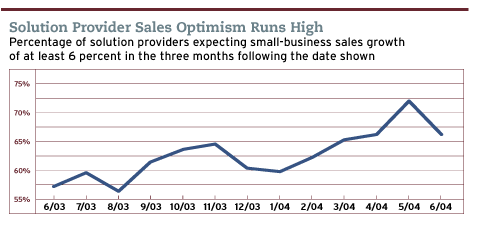
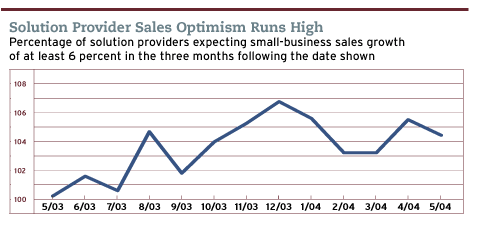
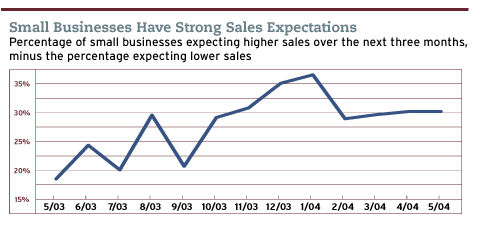
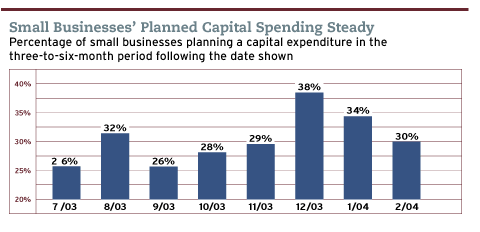
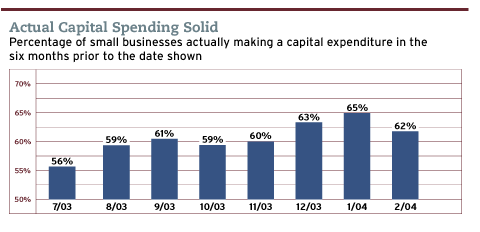


Published for the Week Of August 16, 2004